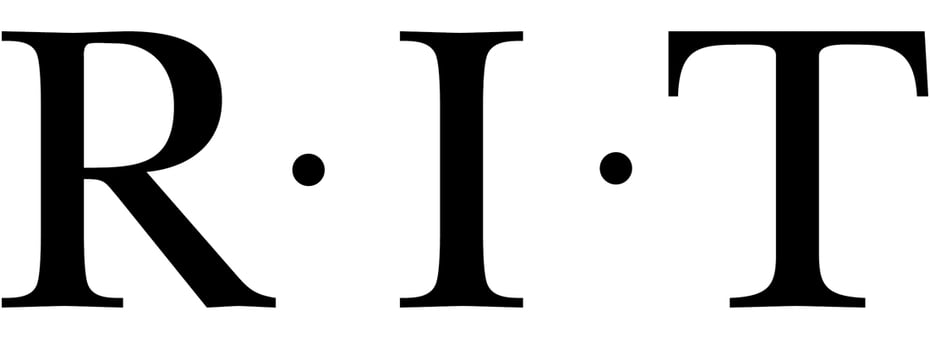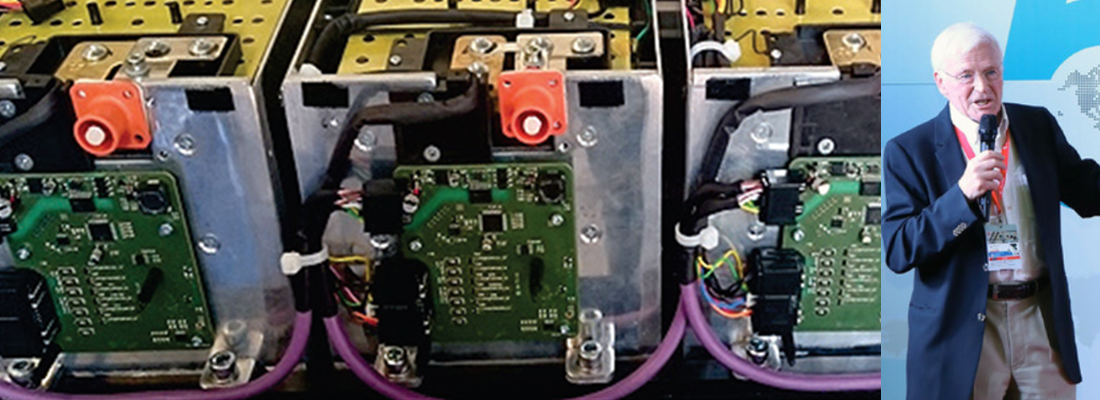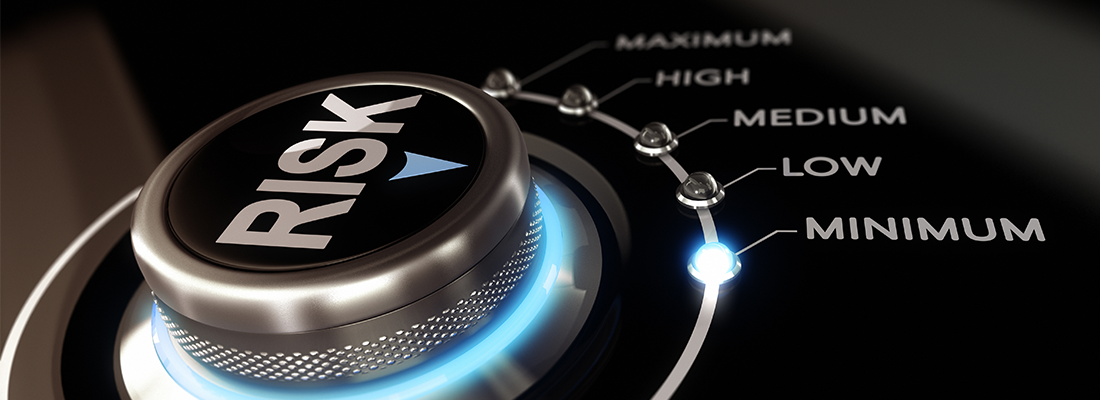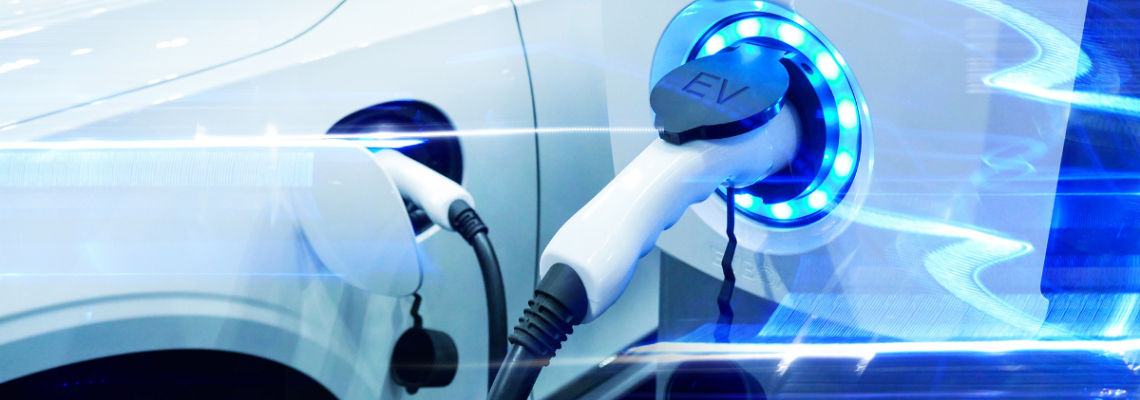Additive Manufacturing: More Than 3D Printing
While a lot of attention is focused on 3D printing, it is not the only additive manufacturing process available to remanufacturers. In a presentation on additive manufacturing, Michael Haselkorn from the Rochester Institute of Technology also talked about thermal spraying, cold spray, and laser-engineered net shaping. Thermal spray is the oldest form of additive manufacturing and is a group of processes that utilise a heat source to melt material in a powder or wire form and then spray it onto surfaces at high velocity. It can be used to coat cylinder heads and for surface restoration. Cold spray takes powders and accelerates them at very high speed so that as they hit the surface they deform and adhere to the surface. Since no heat is used in this process, it is good for use with aluminum components.
According to Haselkorn, 3D printing has been gravitating toward plastics: “Metal 3D printing has not taken off.” He adds: “I don’t think the hype of 3D printing will eclipse regular remanufacturing.” He reminded the audience that most additive manufacturing processes, including 3D printing, still require the part to be machined prior to use. The fused deposition model is the most common form of 3D printing in use. In this process a string of plastic goes through a heater where it melts and then builds up a surface. There is also Selective Laser Sintering, a process that uses a laser to sinter powdered material and bind materials together.
Haselkorn said that although the process is expensive the result is better surface finishes and dimensions. Laser-engineered net shaping uses a laser beam and a metal powder to build up a surface. Haselkorn says this process results in parts with excellent mechanical and fatigue properties and is used to build up surfaces and for dimensional restoration of cast iron. Cost for additive manufacturing range from $25,000 to $700,000 depending on the process selected.






